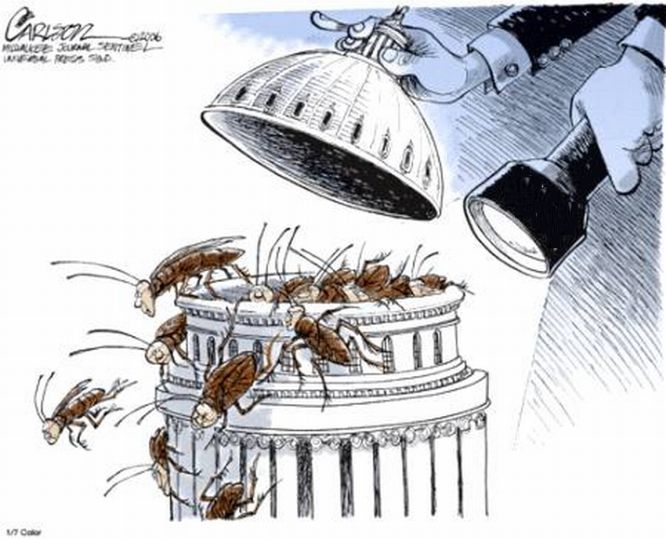Outside the view of paying customers, people accused of
shoplifting at Macy's huge flagship store are escorted by security
guards to cells in "Room 140," where they can be held for hours, asked
to sign an admission of guilt and pay hundreds in fines, sometimes
without any conclusive proof they stole anything.
As shoppers jam
stores ahead of the December holidays, claims of racial profiling at
department stores in New York have helped expose the wide latitude that
laws in at least 27 states give retailers to hold and fine shoplifting
suspects, even if a person hasn't yet technically stolen anything, is
wrongly accused or criminal charges are dropped.
"You must
remember, these people are not police officers; they are store
employees," said Faruk Usar, the attorney for a 62-year-old Turkish
woman who sued Macy's, which some customers say bullied them into paying
fines on the spot or harassed them with letters demanding payment.
"When they are detained, they are not yet even in a real jail."
Industrywide,
more than $12 billion is lost to shoplifting each year. The laws, which
vary on strictness and fine amounts, allow stores to try to recoup some
losses. Under New York's longstanding law, retailers may collect a
penalty of five times the cost of the stolen merchandise, up to $500 per
item, plus as much as $1,500 if the merchandise isn't in a condition to
be sold. A conviction is not necessary to bring a civil claim.
Some
customers say stores have harassed them into signing admissions of
guilt in order to turn a profit — not just recoup a loss.
Retailers
don't divulge how much money they recoup but use it in part to offset
security costs, said Barbara Staib, spokeswoman for the National
Association for Shoplifting Prevention. The total is a fraction of what
they lose, she said.
"We tend to forget that retailers are the victims of crime when it comes to shoplifting," she said.
But
at least nine customers at the Macy's store immortalized in "Miracle on
34th Street" say in lawsuits that the retailer is abusing the law,
wrongly targeting minorities and holding customers for hours, years
after it settled similar claims brought by the state attorney general by
paying a $600,000 fine and changing practices. That agreement expired
in 2008.
New York Attorney General Eric Schneiderman is again
investigating claims against retailers. Last week, New York state stores
agreed to post a customer "bill of rights" on their websites explicitly
prohibiting profiling and unreasonable searches.
Usar's client,
Ayla Gursoy, was detained in 2010 after she carried two coats in her
arms up several flights of stairs in the flagship store, according to
her suit. Store security accused Gursoy, who speaks little English, of
trying to steal. She was asked to sign a form admitting guilt and pay a
fine. She refused, the police were called and she was arrested.
Gursoy
and others say they were held for hours in Room 140, a bare room with
two small, barred holding cells with wooden benches within the store.
Elina Kazan, a spokeswoman for Cincinnati-based Macy's, said the company's practices prohibit coercion when recovering fines.
"Our
policy of exercising our right to pursue a civil recovery payment is
consistent with common practice in the retail industry and within the
parameters of the law," she said.
Many retailers detain suspected
shoplifters, industry experts said, but few have dedicated jail cells
and most don't ask for payments on the spot like Macy's.
Most of
the accused receive letters in the mail demanding payment from a law
firm like the one used by Macy's, Palmer, Reifler & Associates, of
Orlando, Fla. That firm also represents Home Depot, Wal-Mart and many
other stores and sends out about 115,000 letters per month.
"We
are confident in our clients' training processes and procedures for
evaluating and investigating theft matters," attorney Natt Reifler said.
Letters
sent to Gursoy said that if she didn't pay, she would be sued. One said
she owed $400; the next said she owed $675 — the increase unexplained.
"We
believe the whole purpose of her detention was to get the signature, to
get the payments," Usar said shortly before his client's suit was
settled in court Dec. 4. The terms were not disclosed. Her criminal
charge was dismissed after no witness could testify.
In San
Leandro, Calif., Jimin Chen accused Home Depot in a federal lawsuit of
abusing the laws by shaking down customers to make an extra profit.
He
said he was stopped in September by a security guard there who falsely
accused him of trying to steal work gloves worth $3.99 that he had taken
off the shelves and worn to load lumber into his cart. He said he was
detained until he signed an admission of guilt.
Later, he started
receiving letters demanding money; $350, then $675. Home Depot disputes
the claims and has asked for dismissal.
Lawyers say that retailers
rarely actually sue for the money, and they often suggest letter
recipients don't bother paying because refusing won't affect their
credit.
Generally, industry experts say, the laws allowing retailers to hold and fine suspected shoplifters are applied correctly.
"Retailers
do a really good job of identifying where actual theft cases have
occurred, and intervening and conducting investigations," said Joseph
LaRocca, who runs RetaiLPartners, an industry group aimed at building
partnerships between retailers and law enforcement. "There are always
expectations, but by and large, there are few mistakes here."
The
racial profiling allegations started in New York this fall with a
different retailer, Barneys New York, after two black customers said
they were stopped while buying expensive merchandise. The retailer has
said it does not profile, and neither customer was asked to sign a
confession or pay a fine.
But the allegations grew to include
Macy's. Among those complaining was Rob Brown of the HBO show "Treme,"
who said he was stopped after buying a $1,300 Movado watch for his
mother this summer.
Brown, 29, said he too was taken to Room 140.
There, he said in a federal suit filed by attorney Doug Wigdor, others
being held were all "individuals of color." He was released, he said,
when people realized he was a celebrity.
Kazan, of Macy's, said she couldn't comment on pending litigation.





































